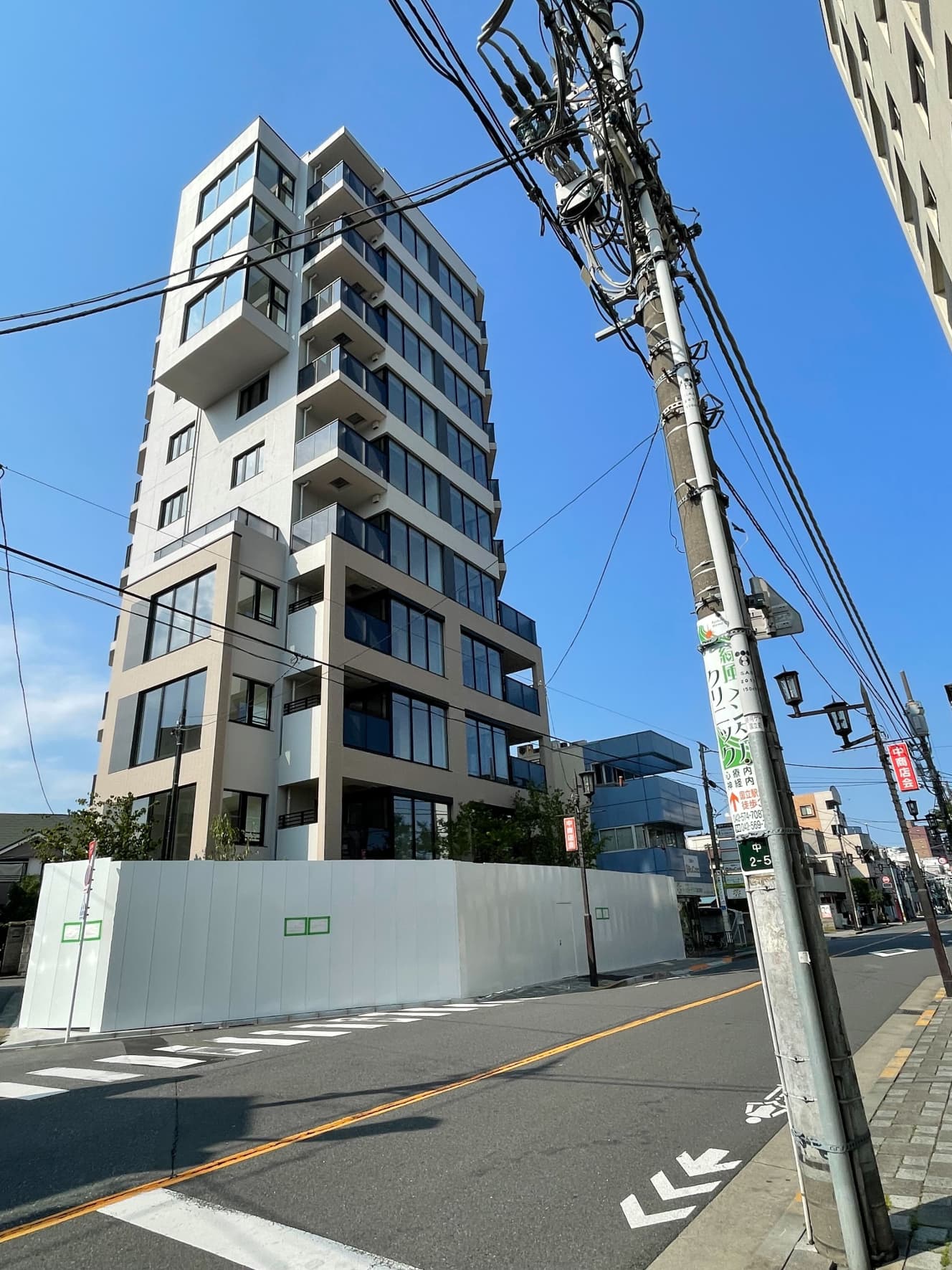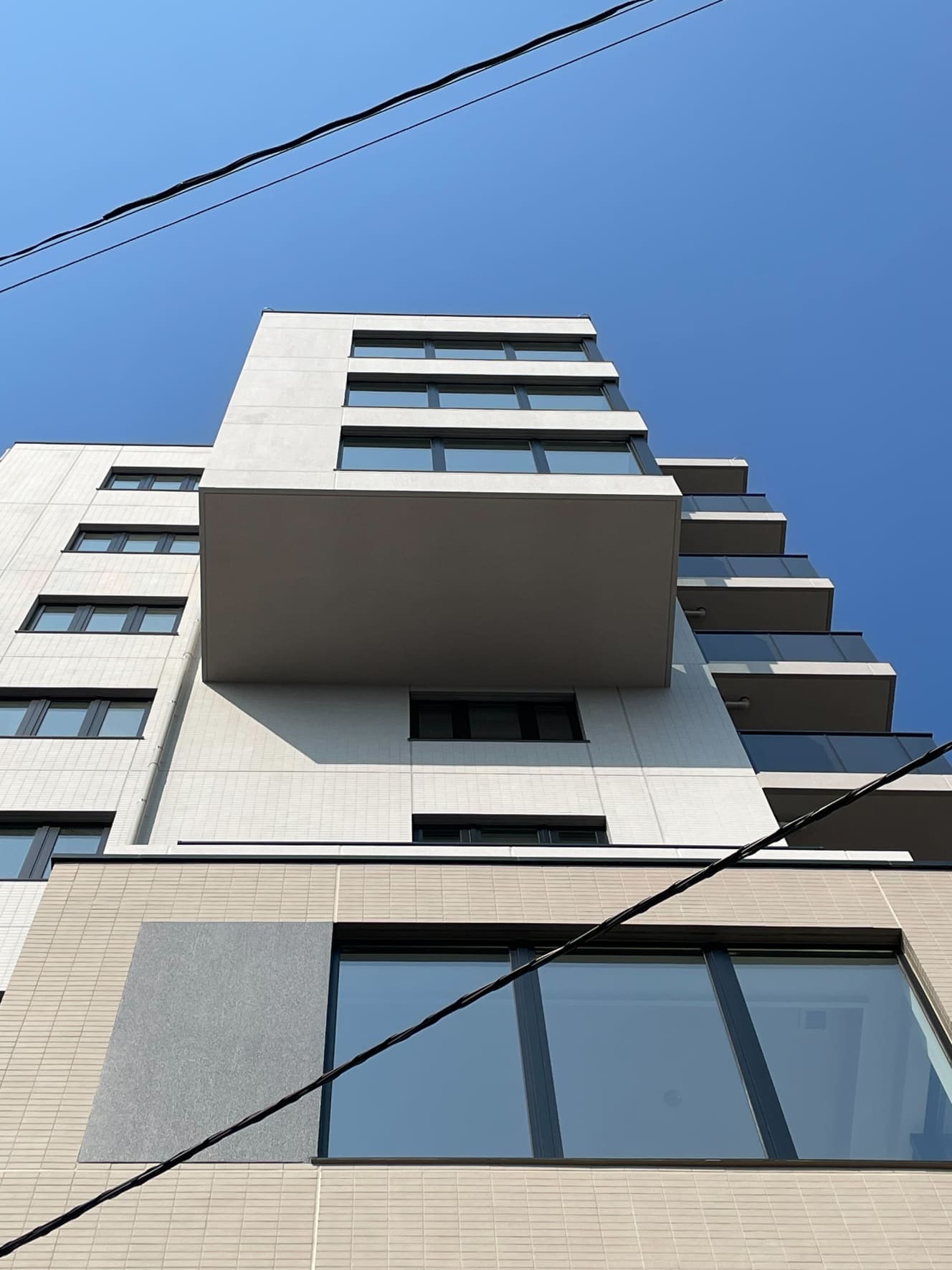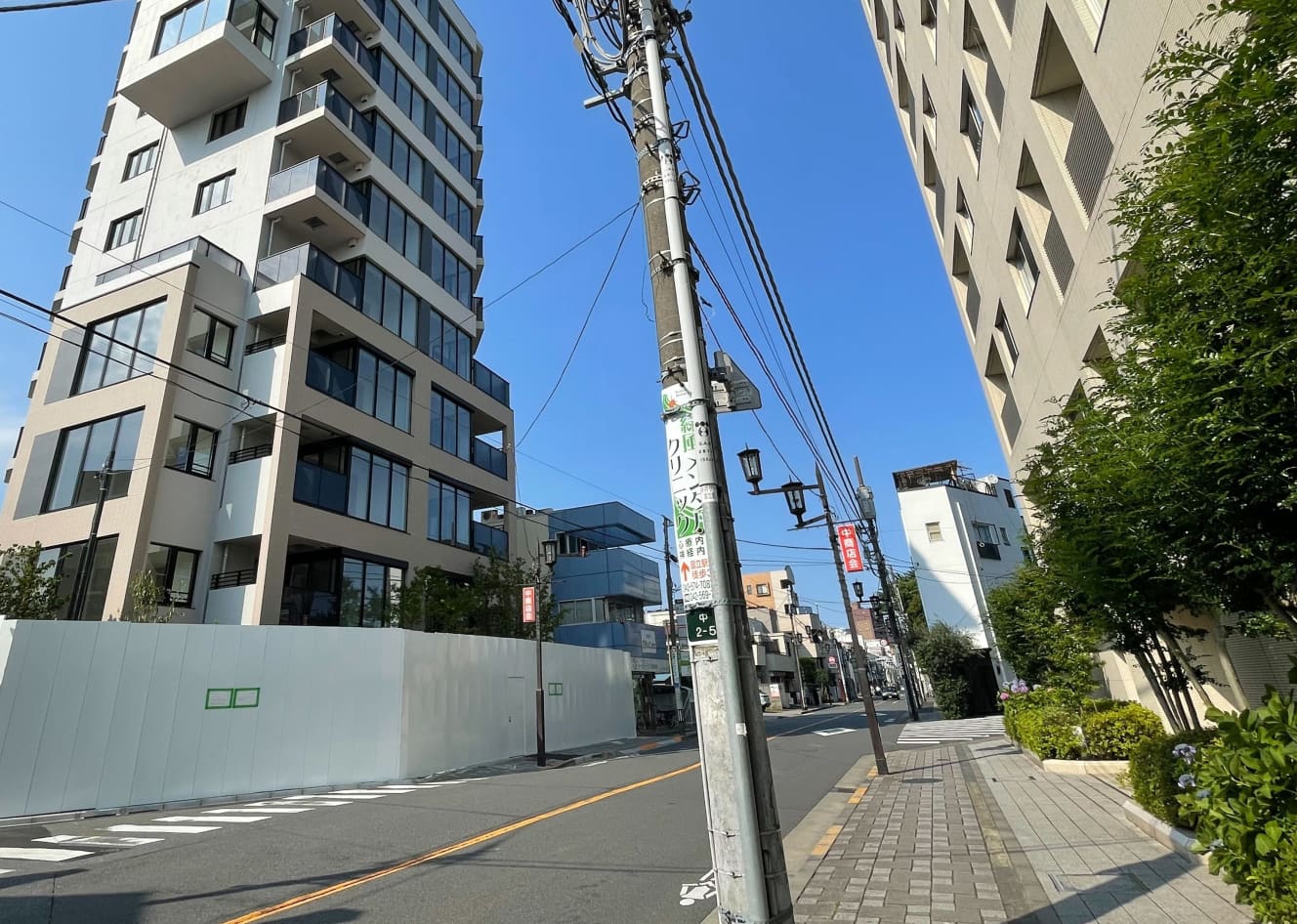Sekisui House’s Last-Minute Demolition Decision Due to the Unavoidable Voice of Residents
Every summer is the peak season for condominium completion, with the highest number of completions. Typically, materials like concrete are less affected by the weather, so many construction sites start in early spring. In Tokyo’s Kunitachi City, however, an unusual situation has arisen at the luxury condominium “Grand Maison Kunitachi Fujimi-dori,” which was scheduled for handover in July.
Prior to construction, nearby residents voiced concerns such as “Despite its name ‘Fujimi-dori’ (Fujimi Street), Mount Fuji will no longer be visible” and “Issues with sunlight and radio wave interference may arise.” Responding to these concerns, changes were made, such as reducing the originally planned 11-story building to 10 stories. However, tensions with nearby residents persisted, and ultimately, before reaching the hands of buyers, Sekisui House decided to demolish the condominium.
“This is truly a rare case. As the project was undertaken by the major company Sekisui House, procedures such as mandatory pre-construction meetings with residents and gathering signatures, as stipulated by Tokyo’s regulations, should have been followed. However, negotiations with local residents were evidently insufficient. According to some reports, Sekisui House’s standpoint was that after submitting the completion notification, upon review by Sekisui House executives and other departments, it was determined that the project should not proceed. This statement appears to shift responsibility onto the condominium division. Normally, a decision to commence construction without approval from executives would not occur solely at the division level, and if there were potential issues, inspections should have been conducted before the building was erected,” said a spokesperson from a major construction company.

“The only salvation here is that Sekisui House, the developer, has been mentioned. Large developers like Sekisui House often transfer responsibility to designers. It’s common for developers without design knowledge to convey only the concept to architects, who then decide on aspects like the number of floors and exterior design,” the same source commented.
If there are no legal violations or structural issues, construction can proceed, but developers like Sekisui House have no choice but to prioritize the voices of nearby residents.
“In the real estate industry, reputation is everything. Condominiums with resident disputes are likely to experience frequent problems after purchase. With the risk of escalating into lawsuits, there’s a decrease in potential buyers, resulting in a decline in asset value,” commented a spokesperson from a major real estate company.

“Additionally, this will affect other projects the developer has. Such incidents can lead potential buyers to perceive the developer as unable to handle pre-existing issues well. This decision to demolish affects just one property within the Grand Maison series. Using popular singer Gen Hoshino (43) in web advertisements, Sekisui House has heavily promoted this flagship condominium brand. Given its price range, it’s what’s commonly known as a billion yen condominium. However, this incident has tarnished the entire Grand Maison brand. When new Grand Maison series condos are constructed and marketed, prospective buyers researching beforehand will inevitably learn of this incident. It’s natural for them to hesitate about purchasing from a developer that has had troubles in the past.”
In the first place, if there had been architectural restrictions in place, such as those under Kunitachi City’s urban landscape formation ordinance, to ensure Mount Fuji remained visible from this area, this could have been prevented. Instead, it escalated beyond administrative issuance of construction permits, becoming a conflict involving the developer, local residents, and even the entire community of Kunitachi. What will happen to compensation for buyers, and what will become of the controversial land that Sekisui House purchased after demolition?

